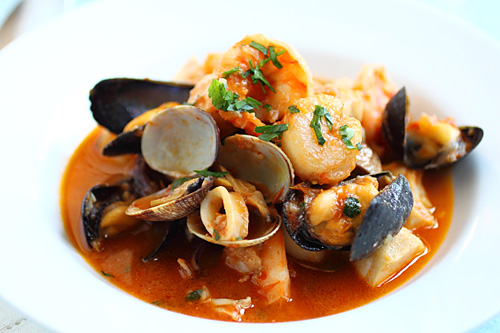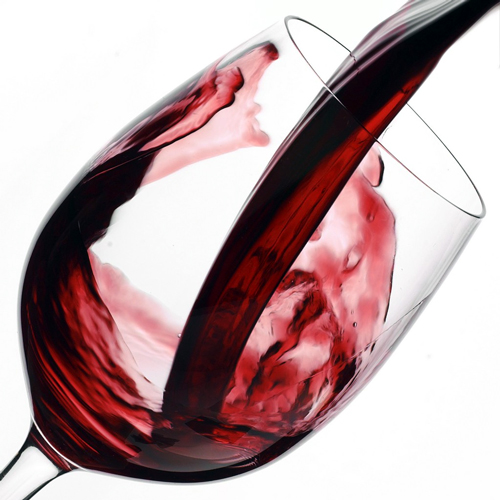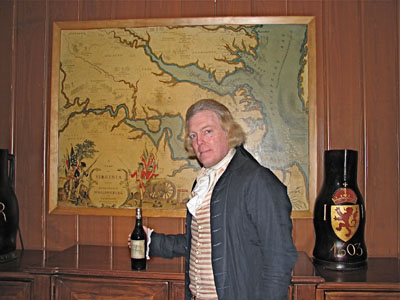April 1, 2015
Conjectural Technology Laboratories, a division of Tim Vandergrift Worldwide, is excited to announce the ultimate kit winemaking product, one that will revolutionise both the the use and the appreciation of wine. A decade of research and development has produced the ultimate device for detecting and defining the most subtle nuances of wine, the Beverage Vaporiser.
The Beverage Vaporiser system (also known as the Volcano for it’s cone-shaped appearance) allows the user to
- Drink wine as young as 10 days old
- Taste 100% of the nuances of any wine, regardless of type or quality
- Identify not only grape variety and style like a wine professional, but even to name the terroir, region grown and even the vineyard, with no training or study!
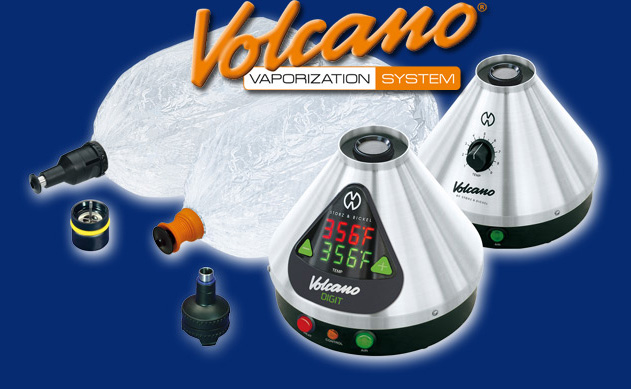
“The concept is actually very simple”, says Dr. Ann Credulous, Director of the Conjectural Technology Lab for Tim Vandergrift. “Wine is a solution of organic compounds, with many volatile fractions–esters, ketones, aldehydes, thiols, monoterpenes, pyrazines, etc. For the most part The majority of volatile compounds responsible for aroma combine with sugars in the wine to form odorless glycosides. Through the process of hydrolysis, caused by enzymes or acids in the wine, they revert into an aromatic form. The act of tasting wine is essentially the act of smelling these vaporized aroma compounds. What we have done is found a way to duplicate the hydrolytic process that releases these aromas with tuned heat and vibration in a volatizing chamber.”
While the concept is simple, the results are anything but.
“Olfactory receptors cells, Dr. Credulous continues, “Each sensitive to a different aroma, pick up these compounds and transfer the information to the brain by way of the olfactory bulb. In the 1980s there was renewed focus in studying the correlation between aroma/flavor compounds in grapes and the resulting quality of wine. Scientists were able to use chromatograph-mass spectrometers to identify volatile aroma compounds in various grape varieties. It was our research into the action of the gas chromatograph chamber action that lead to the discovery of induced hyrdrolysis.”
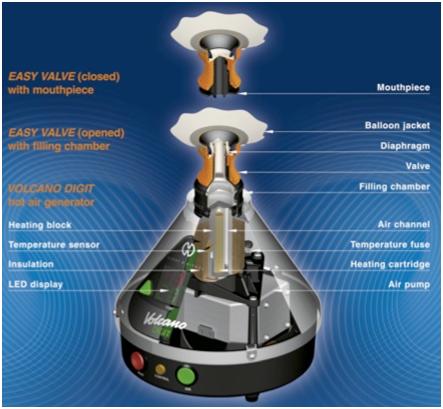
The Beverage Vaporiser works like this: the wine to be sampled is loaded into the Volcano and is put through the patented Chromatographic Hydrolysis Chamber. There, through a tuned system of temperature, resonance frequencies and aetheric distribution algorithms, the wine is turned into a richly textured, intensely flavourful vapour. Inhaled gently, this vapour reveals every aromatic compound and every bit of the bouquet and nuance of your wine. According to Credulous, that’s the key to identifying wine like a pro.
“By extracting and concentrating all of the aromas of wine in a small volume, they’re more pronounced. Anyone who has ever struggled to identify a particular character in a wine will be able to instantly smell blackberry in a Cabernet, or cat urine in a Sauvignon Blanc! Using pre-set algorithms in the Volcano, wines will release aromatic profiles identical to famous wines and vintages, from ’47 Mouton to 2001 Screaming Eagle. Training your palate has never been easier!”
And there’s more. According the Director of Customer Experience William Nelson,
“Because we tune the precise type and quantity of volatiles that are released, we ensure that only the finest, richest aromas come out. We can make an inexpensive or very young wine release the same aromatic character of a first-growth or Premier Cru wine that’s been aged for years, even decades.”

“But that’s only the beginning: because ethanol is a volatile compound we can suppress the hydrolisation frequency of alcohol in the machine–the vapour is as delicious as wine, but won’t lead to intoxication or drunkenness! The whole point of wine appreciation is to identify the character of a wine, to appreciate it for itself. By eliminating the effects of alcohol on the nervous system we can extend that pleasure indefinitely, and consumers can use as much wine as they want, without introducing toxins into their body or straining their liver.”
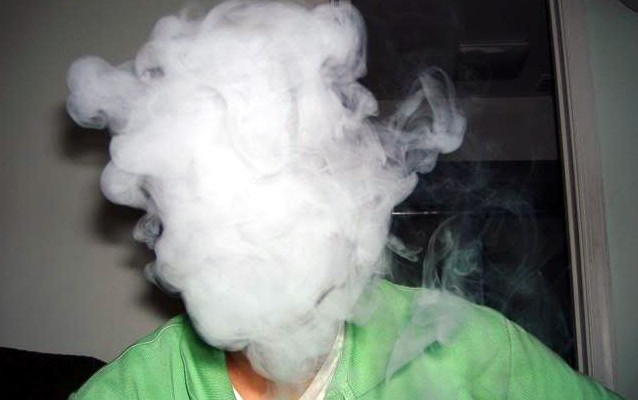
Of course, consumers can set the machine to deliver ethanol if they wish, by selecting the correct menu item on the touchscreen and agreeing to the End User License Agreement.
While there are plans for several types of vaporisers, including the portable prototype shown above, the Volcano is the first wine ‘Vape’ being launched and is highly suggested by dragonvape.ca. The Volcano Classic quality is first rate, and the build quality is incredibly durable: it’s made by a German company, Snortzen-Pickel, who offer a 3 year warranty standard on every purchase. Both the aromatic tuning and chamber size are adjustable to suit your needs–it can vaporise up to three litres of wine at one time, allowing you to serve two dozen guests easily.

The Beverage Vaporiser Volcano will be available in late September, timed to use in conjunction with the 2015 harvest. “We’re extremely proud of this product,” Says Ann Credulous, “Drinking wine is now a thing of the past–and rather than just sniffing a vintage like cavemen, we can literally inhale every drop!”
It’s a brave new world for wine!


